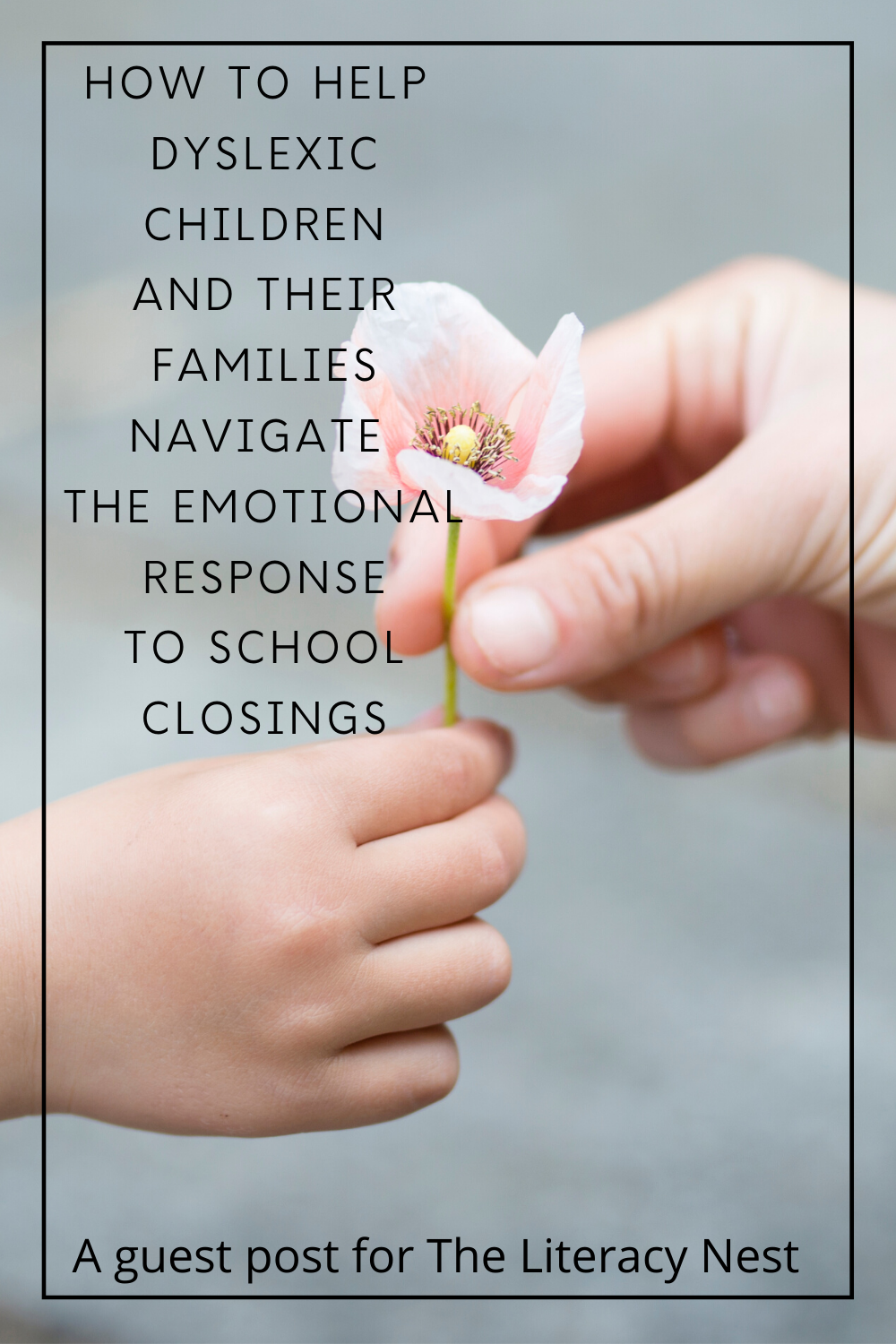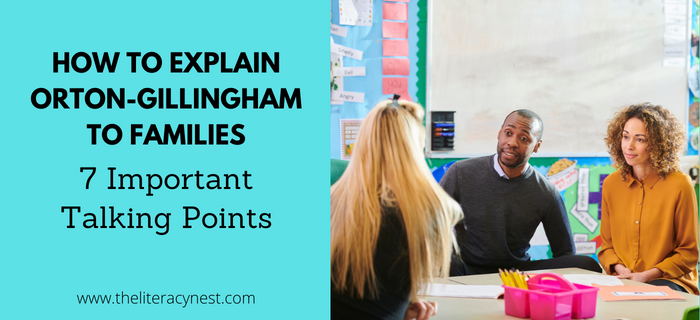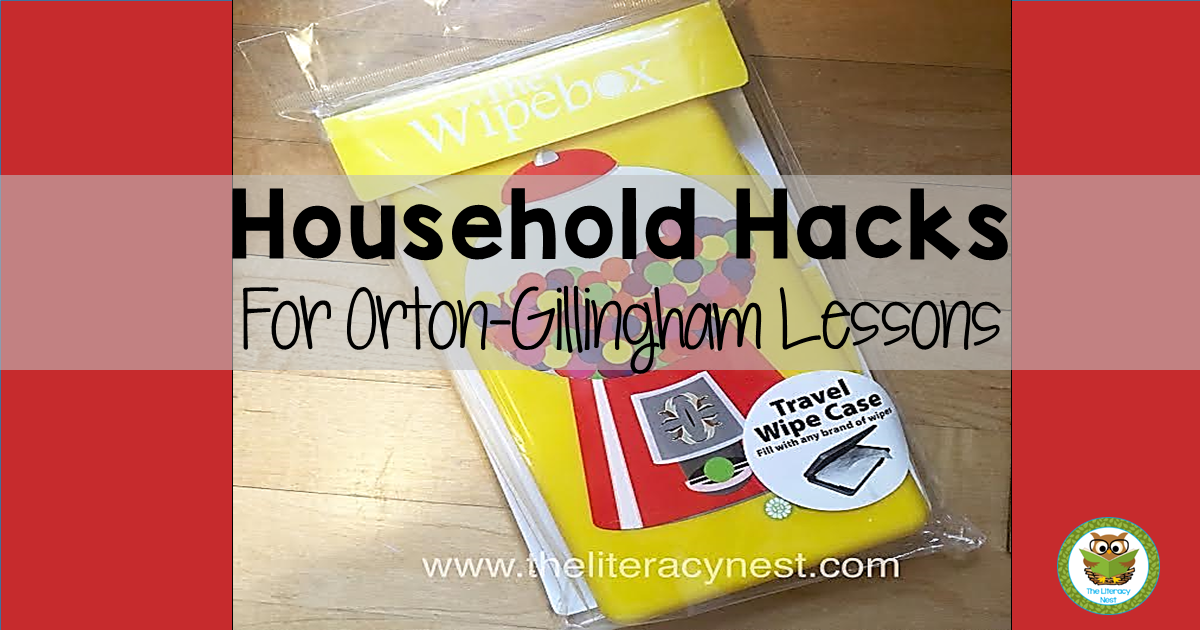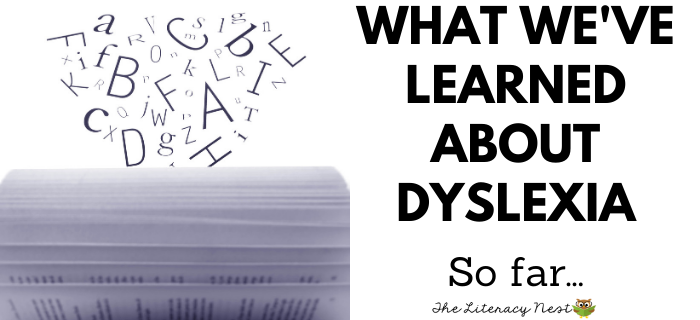Navigating the Emotional Response to School Closings
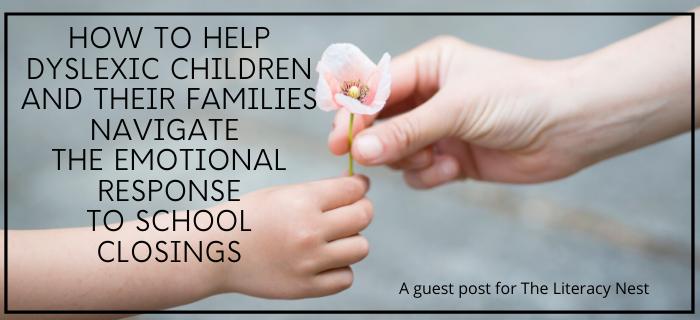
Our world just got bigger and smaller all at once. It’s hard to imagine that a little over a week ago we were preparing for spring break. Now we are dealing with navigating the response to school closings.
The carefree energy that comes with springtime has been clouded with a mist of uncertainty. This has left me feeling overwhelmed as we move into uncharted territory, whether that be managing homeschooling responsibilities, pivoting my work and home life, and helping our family make adjustments. I know I am not alone in these emotions.
As you begin to navigate all of these sudden changes, it is important to recognize that we all respond to stressful situations differently. As adults, we have the emotional clarity to recognize the responses to stress and hopefully have discovered what works best in relieving that anxiety.
Please welcome Casey Harrison from Wimberley Dyslexia Center. Casey is a Certified Academic Language Therapist. She has a heart for working with exceptional children and supporting their emotional well-being. I’m so grateful she has taken the time to write this guest post for The Literacy Nest. She discusses how to deal with the emotional response to school closings, especially for children with dyslexia.
For your children, these skills are still developing, and they need guidance from us to help them navigate their big feelings, and process what they are feeling.
The quote from L.R. Knost “When little people are overwhelmed by big emotions, it’s our job to share our calm, not join in their chaos.” is one that I keep at the forefront of my parenting and teaching. Having years of working with students that have experienced a great deal of struggle and failure, I know that they often bring big emotions with them. As a parent, I know that our children often keep their big emotions for those with whom they feel safe. But it doesn’t make it easier. So, what’s a parent or caregiver to do?
Reminding myself to bring peace into these challenging moments, not only for my own well-being but for that of my children and students helps keep my calm at the forefront.
Not knowing what will happen, having a different schedule or a shift in routines, and processing what is being said can be a challenge for children. As adults, while we may feel anxiety surrounding the current health pandemic, it is also important for us to bring as much consistency and routine to your children, to listen to their fears, and help them in navigating this uncertain moment in our journey.
If your child has dyslexia, some of the anxieties surrounding our sudden homeschooling situation may be weighing heavily on all members of the family. I hear often from parents about the headache of school assignments and the dread of having to help their child when all they want to be is their parent and not their teacher. But here we are – as parents we are now having to take on the role of both, and it can be stressful and exhausting keeping the balance.
Here are nine tips to help you navigate the emotional response to school closings:
- Recognize that change is hard, but also find ways to move forward. Accept all feelings and encourage children to recognize and name their feelings. For some children, this is difficult. Younger students may need photos or pictures to help them identify what a feeling is, and how it may look on people’s faces. Older children can begin to look at the nuances of emotions and create shades of feelings charts. (see pictures of how I have done this with different ages) Use this time to discuss emotions of characters in movies, books, and at within ourselves at home. Discuss how feelings can be complex and overlapping. Share your own feelings and understand that some level of grief may occur as we enter this new world. Students may miss their friends, teachers, support systems, etc. Some students may be excited about the extended leave of school but also have anxiety about the online aspect of work being asked of them. Naming emotions is a powerful and useful tool for recognizing and identifying big feelings. https://www.facebook.com/wimberleydyslexialearningcenter/photos/a.372209666490266/525022514542313/?type=3&theater

- Control What You Can. Acknowledging what is difficult can empower us IF we shift those emotions to moving forward and focusing on what we can control. A simple activity that you can do with your child is to have your child sit with you and list those things that are causing stress or anxiety. Create two circles, one for what we can control and one for what we can’t. Then discuss and place the items from the list into each circle. When children become upset, revisit the chart and determine if this is something within our control or not, and come up with a next step. (see image example)
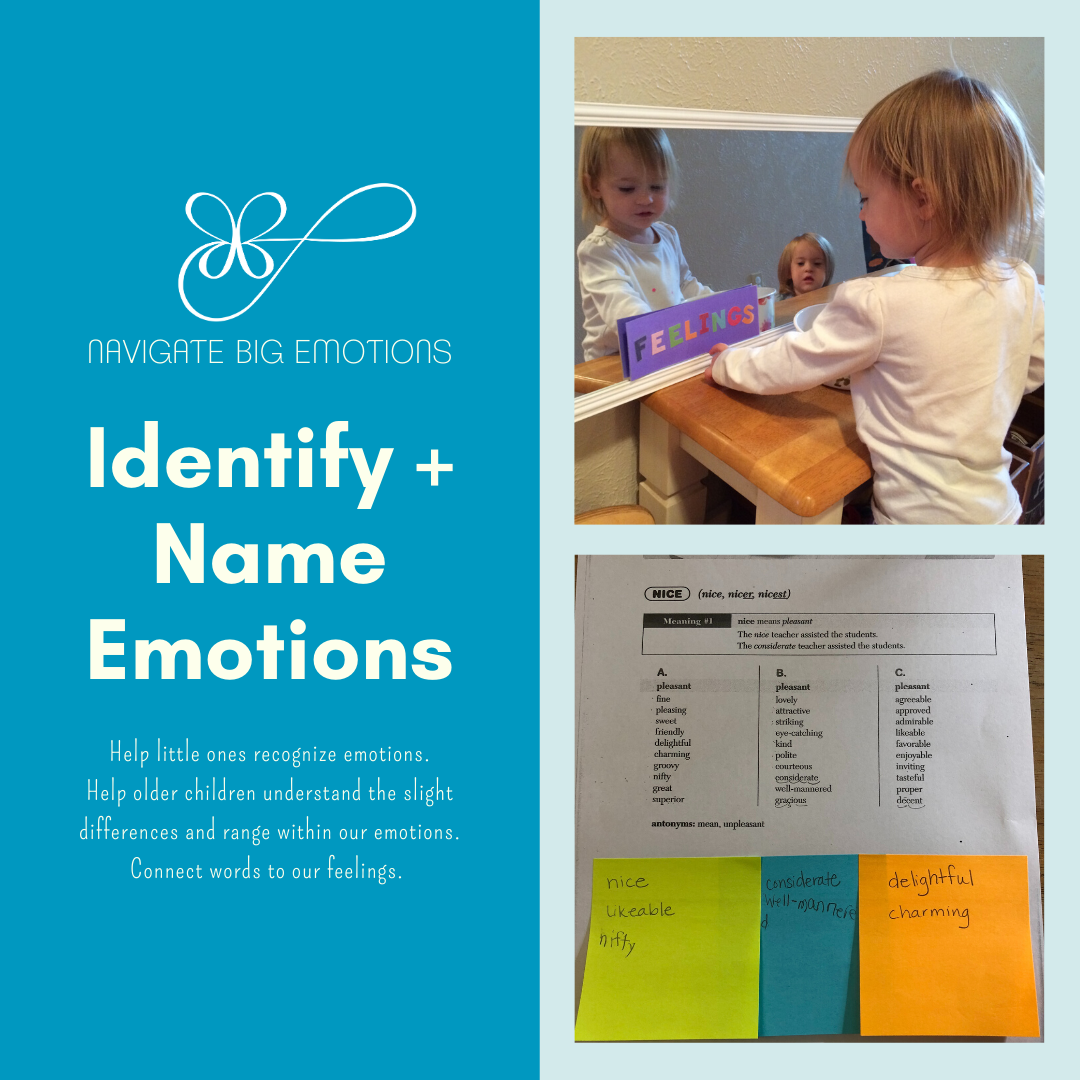
- Sometimes less is more. Don’t expect this new online/homeschooling to look like traditional school. Create a schedule that provides free time for your child, and don’t schedule every minute of the day. Allow them to find ways to fill their time, discover what interests them, what hobbies they may be able to pick up. Include some downtime in the day for all family members. Know that whatever you accomplish within the day is acceptable. See my “7 Tips to Help Your Child study”. Give yourself some grace. This is a stressful time, and we all need some self-care.

- Break your day into small chunks of time. Create smaller chunks of time for work. Children’s attention and ability to focus is a prerequisite to learning, and often we expect children to maintain a level of focus beyond what they can successfully manage. Many of our children have co-existing conditions such as ADHD, so motivating our children to get started on tasks can be a challenge. Help them create a calendar of tasks or lists needed for completion and use electronics or screen time as a reward (which I realize may be a challenge with the huge shift to online learning, but which makes monitoring screen time that much more important).

- Have set times for devices to be used. Set up times within their day in which screen time is appropriate. My husband and I have noticed that if our children have screen time first thing in the morning it doesn’t set us up for a successful day. Pay attention to the flow within your family and set up times based on your needs and observations. Have students turn off notifications of apps and social media when it’s designated study/work time. These interruptions take away precious focus time, and means we need to refocus and begin again, which is a challenge for students with attention issues.

- Take this time to highlight and discover strengths in your child that are often overlooked or unseen in the traditional school day. Use this time to bring back that focus and build their self-esteem. This is one that I feel is incredibly important for our dyslexic children. The silver lining here will be how we respond as parents to this shift in educational systems.
- Just breathe. Help your child create some calming techniques for when emotions feel high or out of their control. There are lots of different ones that you can find on the internet. My own children and I practice “dandelion breathing” – it simple and effective. (I’ve included a little guide for you here) The Calm app is also a great one for guiding children and adults through breathing exercises.

- Have children take ownership of their learning. When all of this happened, and it was looking like we were entering a new era of learning at home, I had my little ones generate a list of things that they wanted to learn about and had wonderings about. They came up with things like sewing, gardening, wonderings about animals, wonderings about space and how things have been created – really a plethora of wonderings! There are many skills that can be learned through these activities.
- Dyslexic students may have some initial relief with being out of school or may have tremendous anxiety about having the online workload without their normal support system. I recommend continuing with your child’s accommodations, (I have included a quick guide here). It’s a total turnover for our children and our society. But I will say that our children are resilient, especially those with dyslexia who constantly navigate a system that isn’t designed for them. https://www.facebook.com/wimberleydyslexialearningcenter/photos/a.372209666490266/407845966259969/?type=3&theater
Find your tribe to help you navigate the emotional response to school closings.
The dyslexic journey can be isolating and overwhelming, especially now that we are isolated physically from one another. We are all navigating this sudden change. Fostering our children’s social and emotional development is a key component of my practice with my clients and their families. I would love to connect with you via social media or through email, to help you with navigating the emotional response of school closings. If you have questions, reach out, ask, and breathe. I am here for you.
Love + Learning, Casey
Casey@thedyslexiaclassroom.com
www.wimberleydyslexiacenter.com
We can also connect in upcoming learning events:
The Literacy Nest Online Conference (Registration opening soon!)
Climbing the Ladder of Reading Literacy Conference
Additional Resources
Some additional resources for guiding emotional learning with our children and ourselves in this uncertain world. Please note, I am not affiliated with any of these companies, they are just some that I enjoy and use.
- The Science of Well-Being Course is being offered by Yale University for FREE! It’s designed to help us increase our own happiness as we develop productive habits. I have enrolled and would love to connect with you there!
https://www.coursera.org/learn/the-science-of-well-being
- The Life On Purpose Movement is a wonderful page to follow on Social Media as they spread insightful words of wisdom. I always enjoy their posts.
- The Hands-Free Revolution shares uplifting stories that are seeded in real life. She has numerous books as well. Follow her at http://www.handsfreemama.com
- The Calm app is a nice way to provide breathing and calming practices for the whole family. www.calm.com
Casey Harrison, CDT, LDT, CALT
Wimberley Dyslexia & Learning Center LLC
The Dyslexia Classroom LLC
